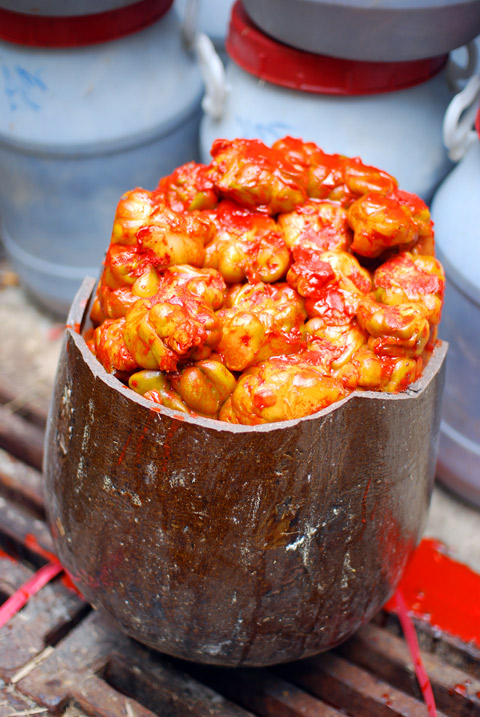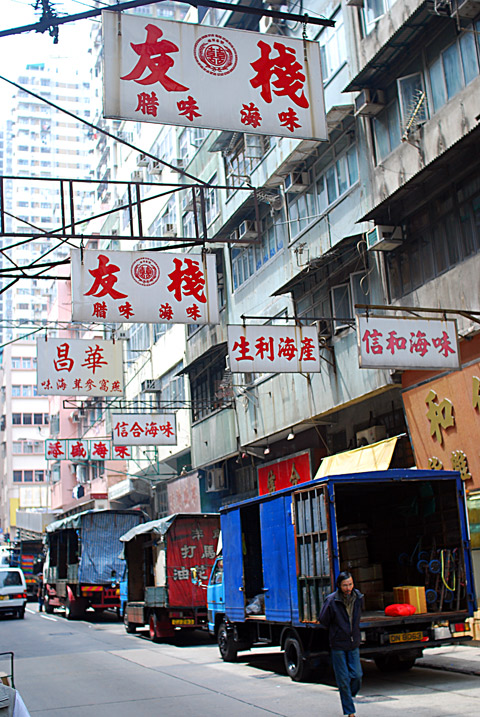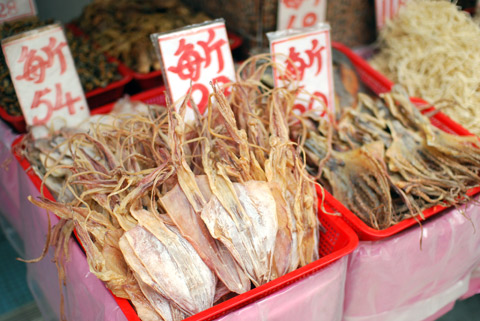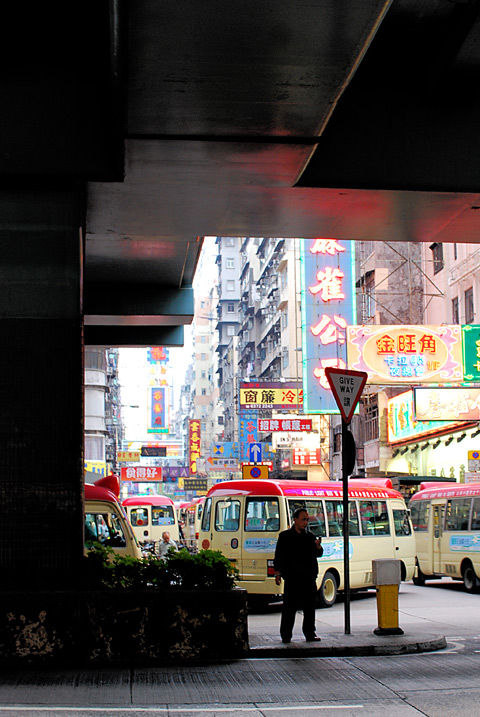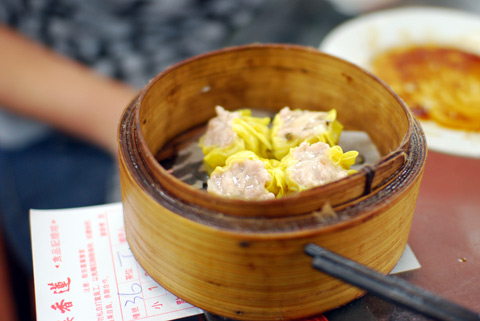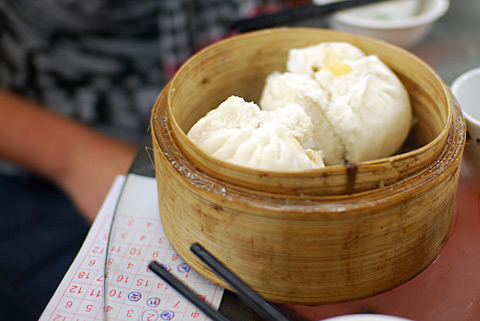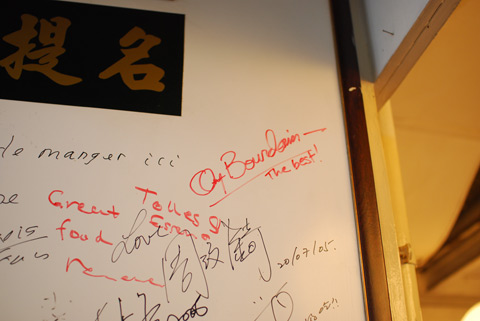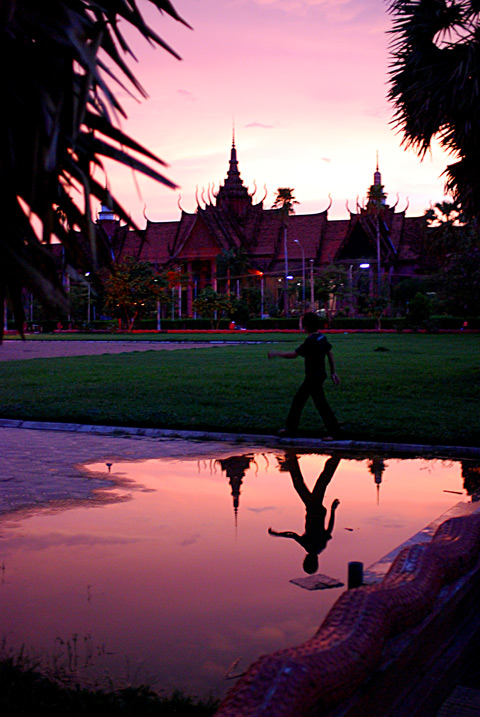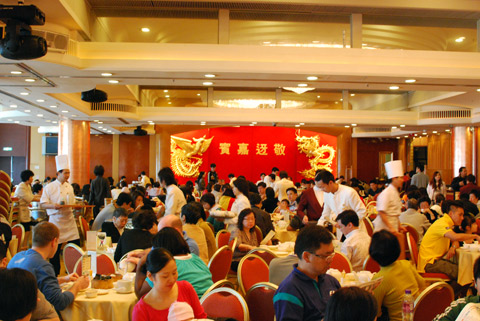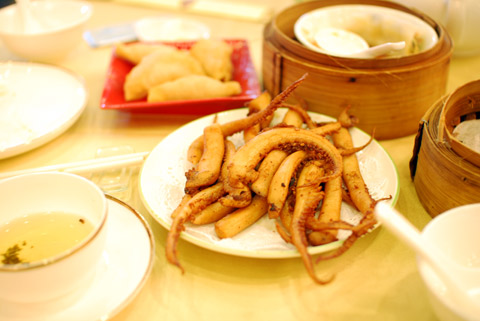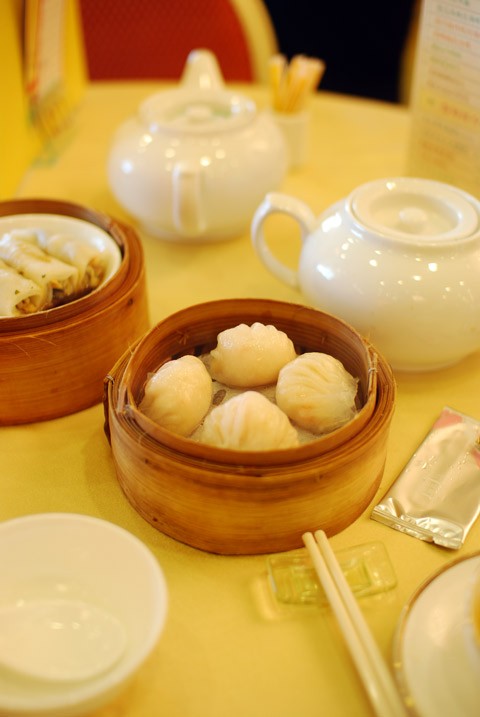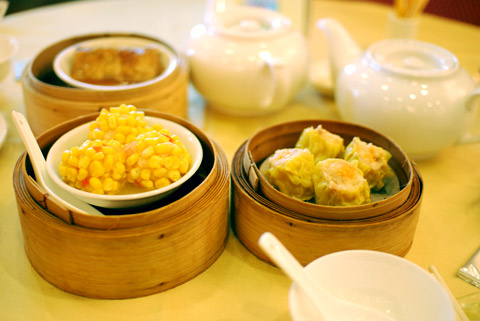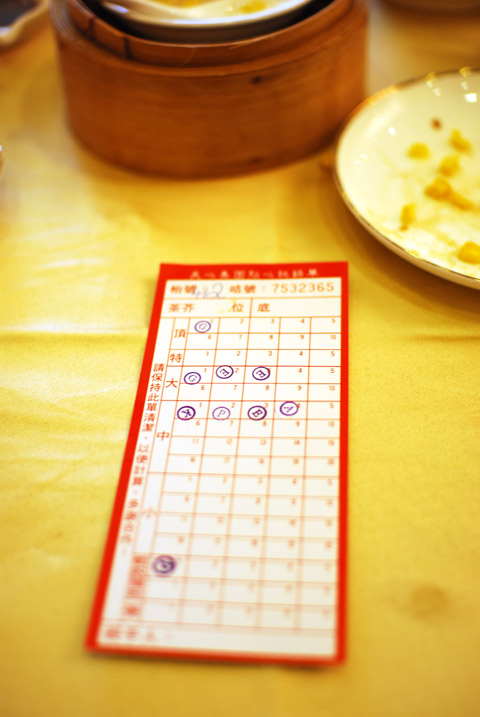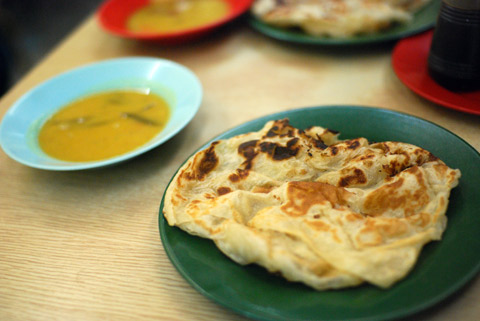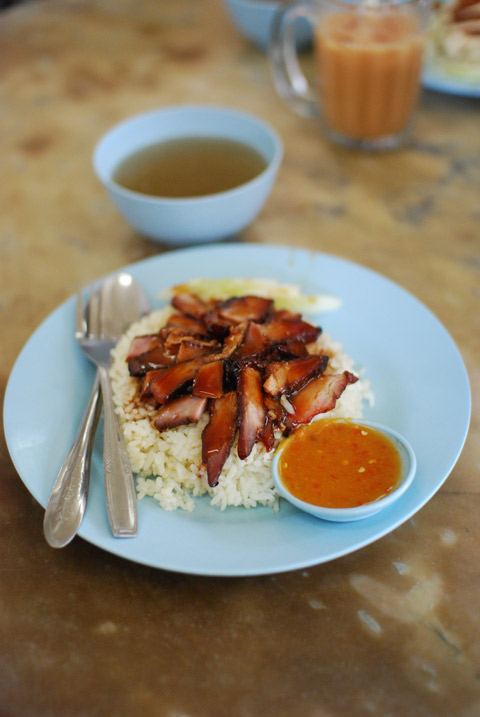
Scallop and prawn dumpling, Lung King Heen
It’s a strange thing to live in the bottom half of the planet that has no Michelin stars. In some ways, it has an internal logic for Michelin: the guide’s ostensible purpose was to get people out into the provinces by car and thereby burn through more Michelin rubber. Awarding stars to somewhere that can’t be accessed by automobile does not sell more French tyres. Hong Kong is one hell of a drive from France: it’s a possible but improbable journey, but the stars, they be there.
Maybe Michelin makes tyres for planes these days.
With low-cost carriers now offering flights for roughly the price of buying a beer onboard said plane, I thought that it was about time that I did some serious offshore eating and start collecting stars like a proper, credentialed food critic. Maybe it would convert me to the lifestyle of a high-end eater and my days eating delicious soup in the gutter would be over. I could credibly complain about foie gras and table linen like somebody that works for a serious but doomed print publication.
So I booked in for yum cha at Lung King Heen, Hong Kong’s only three Michelin-starred restaurant. I’m probably not making the most of the experience by eating dim sum but then again, what have I got to prove to anyone? I love dumplings. If I could take the chance at having a meal at the only Cantonese restaurant that Michelin has awarded three stars to, and have them make me a selection of dumplings I would. And did.
Critics probably like writing about serious dining because it gives you much more to write about. Filling a thousand words is easy when you eat twenty courses and you’ve got much more leeway to pick faults when you’re paying a huge bill at the end. They seated me five minutes late. The linen on the table was not perfectly flat. Service is obvious, cookie cutter silver service. English is great. The room is simple: wood panelling; huge windows frame Hong Kong’s harbour which is the “View of the Dragon” to which the restaurant’s name refers. These things are utterly meaningless when it comes to food, but maybe they’re supposed to matter to someone.
Physically, Lung King Heen’s menu has weight and silken texture. Inside, it’s much the same, classic Cantonese dishes subtly tweaked with premium ingredients and new presentation. It is a menu that plays with your memory of other Cantonese food from your past – if you don’t eat much of it, you’d never notice but if you’re an aficionado, I imagine that Lung King Heen’s head chef Chan Yan-tak is permanently winking at you from the kitchen.
There are both vegetarian and organic vegetarian options on the menu which must seem abhorrent to the average Cantonese chef, but if it’s bringing in the stars, maybe it matters. I skipped most of it for the dumplings but ordered roast suckling pig. On with the dumpling porn.

Xiao long bao come served on individual baskets; minimising the chances of puncturing the soup filled dumpling as you extract it from the steamer basket.

The roast suckling pig is presented separated; squares of rich meat topped with a square of pancake and a larger, thin pork skin hat. It’s tough to tackle with chopsticks and keep together in a single bite.

Sesame balls, unexpectedly filled with chunks of roast goose. Scallop dumplings have two whole scallops in them; spring rolls with sea whelk crispness on the outside and gooey interior with chunks of whelk that taste like the fresh sea. The pastry on the beef and morel dumplings tasted like unadulterated butter.
About ten dumplings in, the whole experience reminded me of Maytel from Gut Feeling’s assessment of Thomas Keller’s food:
I know that if I was to put an oyster with a big dolllop of caviar and cover it all in a butter sauce people would probably applaud me too
Top end dining seems to be caught in a self perpetuating cycle – you get lauded by Michelin, you ramp up the use of premium ingredients, you get lauded further. Lung King Heen’s use of luxury ingredients is still restrained and judicious amongst the dumpling menu but it could go awry very quickly.
Does Hong Kong need Michelin’s external validation? The locals already know that they’re onto a good thing and somehow quantifying that experience into a range of zero through three stars seems to do it a grand disservice. I’ve always found anonymous food reviewing somehow dishonest. We all bring our prejudices to the table and stating those prejudices brings out the best in critics; even if that prejudice is unadulterated dumpling love. I’m not looking forward to Michelin stepping south of the equator. We have our own laughable hat system.
Price: ~HK$400 a head
Location: Four Seasons Hotel, Fourth Floor, 8 Finance Street, Central, Hong Kong
Telephone. (852) 3196-8888
